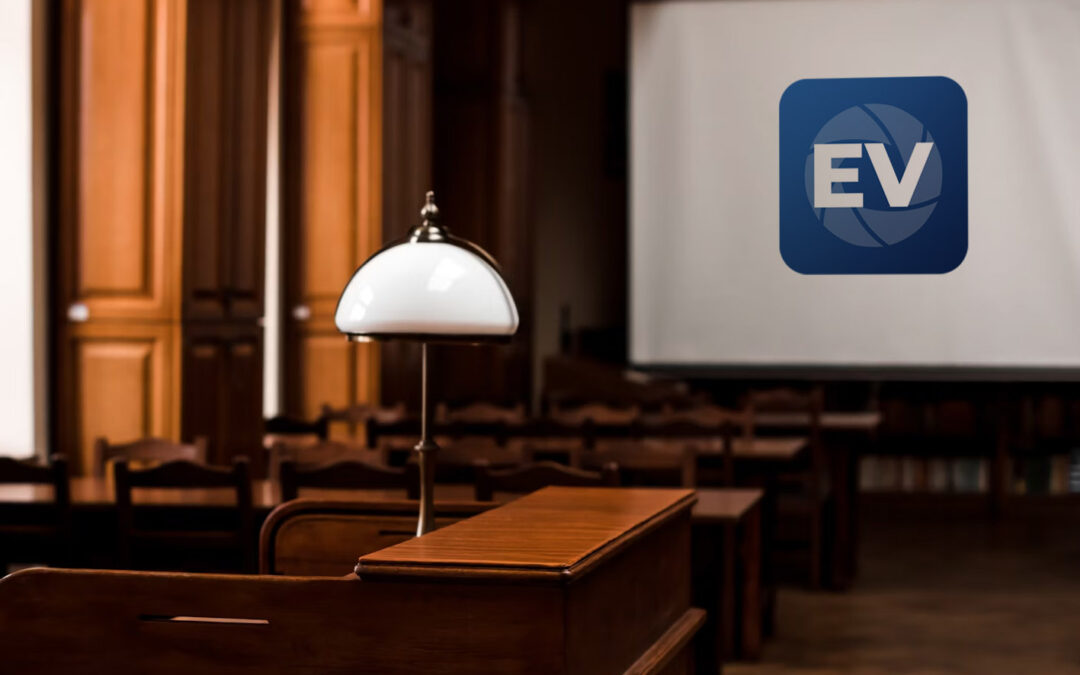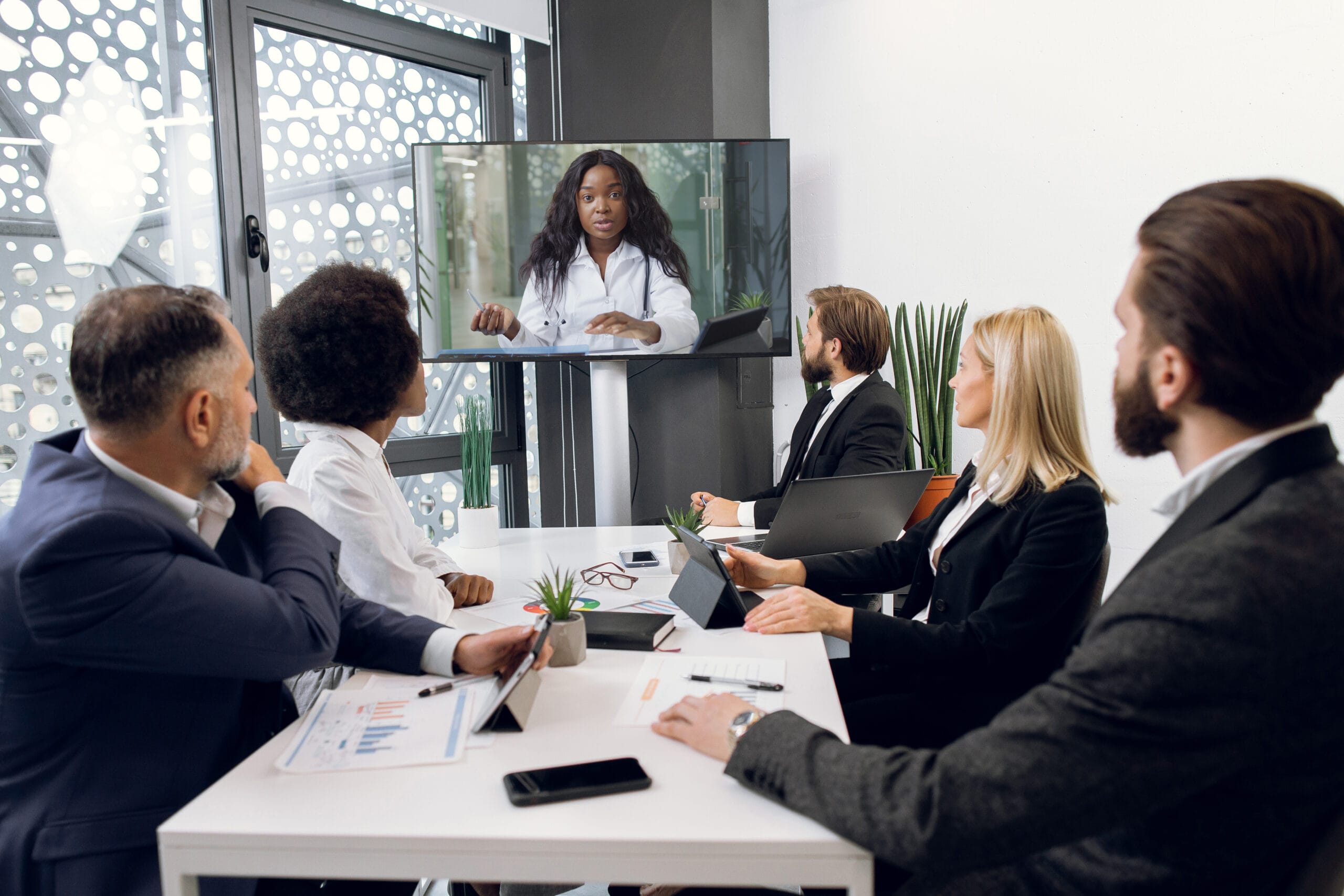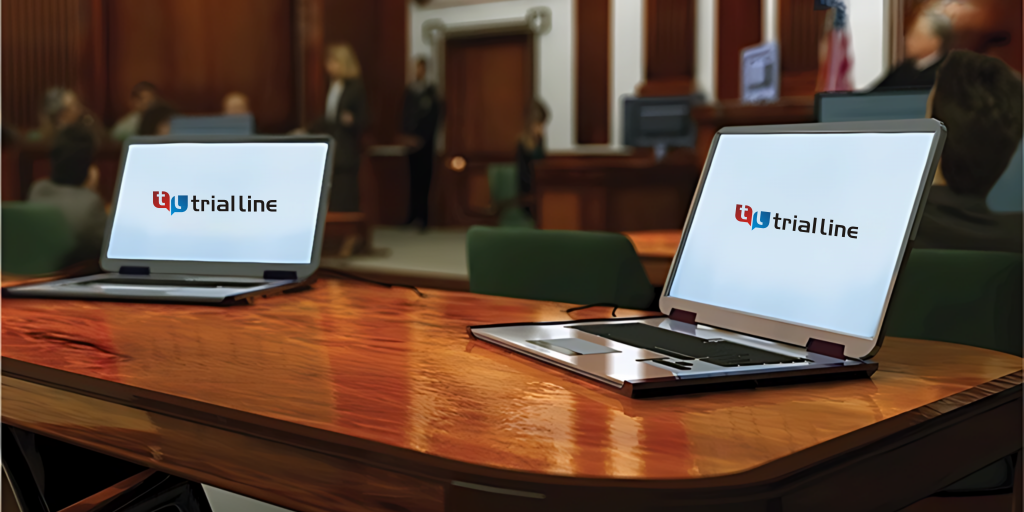Well-crafted trial presentations play a key role in legal proceedings.
Well-crafted trial presentations play a key role in legal proceedings.
Blog Article
Just How Test Presentations Enhance Your Debate and Encourage Jurors
Test presentations offer as a critical device for improving lawful disagreements and encouraging jurors. The calculated use of visuals not just clarifies complicated information however also catches jurors' attention a lot more effectively than words alone.

Importance of Aesthetic Aids
Visual help play a vital function in enhancing the performance of trial discussions, as they can substantially enhance target market interaction and retention of information. In the context of a test, where jurors are charged with processing complicated information, aesthetic aids offer to simplify and make clear essential factors. Charts, charts, and pictures can share data and principles that may or else overwhelm or perplex jurors, enabling an extra simple understanding of the proof provided.
In addition, visual aids assist in maintaining juror interest throughout the proceedings. By breaking the uniformity of verbal testament, these tools can punctuate essential disagreements, making them extra memorable. Efficient aesthetic aids can likewise stimulate psychological reactions, which can be crucial in persuading jurors to line up with the speaker's narrative.

Crafting Engaging Narratives
An engaging story is vital in test presentations, as it works as the foundation of effective persuasion. It enables lawyers to weave with each other facts, evidence, and psychological elements into a meaningful tale that resonates with jurors. This narrative structure allows jurors to recognize the complexities of the situation while assisting them via the attorney's disagreement.
To craft a compelling story, lawyers should concentrate on clearness and comprehensibility. This entails establishing a clear protagonist-- typically the customer-- and detailing their journey through the events in question. Providing the truths in a sensible series boosts understanding and maintains engagement. Furthermore, the usage of dazzling summaries can develop psychological images that help jurors envision the occasions, making the story more memorable.
In addition, integrating vital motifs throughout the presentation reinforces the core message and aids in retention - trial presentations. The narrative should not only share details yet likewise evoke a sense of justice, highlighting the risks entailed. Eventually, a well-constructed narrative fosters a link between the jurors and the case, positioning the lawyer's disagreement as both credible and engaging, consequently boosting the possibility of a beneficial verdict

Involving the Court Emotionally
Reliable jury engagement depends upon the attorney's capacity to get in touch with jurors on a psychological level. This link can substantially impact jurors' assumptions and their ultimate decision-making. Utilizing sob stories permits index attorneys to humanize the instance, transforming abstract lawful concepts into relatable experiences. By offering real-life stories or endorsements, attorneys can stimulate empathy and empathy, promoting a much deeper understanding of the issues at risk.
Aesthetic aids, such as photos or video clips, can better enhance psychological involvement, providing jurors with brilliant depictions of the case's human aspects. Crafting a story that highlights the battles and triumphs of the people involved guarantees that jurors see past the lawful debates and recognize the human consequences of their decisions.
Additionally, tone and body language play a vital duty in conveying emotion. An attorney's passionate distribution can resonate with jurors, reinforcing their emotional investment in case. It's important to stabilize sob stories with factual evidence, ensuring that jurors feel compelled to act while remaining grounded in the fact. Inevitably, an emotionally involved court is most likely to be convinced, making emotional connection an important component of effective trial presentations.
Structuring Your Presentation

The body of the presentation need to be practically segmented into vital points, each supported by engaging evidence. It is beneficial to make use of storytelling strategies to weave truths into a story that jurors can easily comply with. Aesthetic aids, such as graphes and videos, can improve comprehension and engagement, aiding to highlight essential pieces of proof.
Real-World Situation Studies
Checking out real-world situation studies provides invaluable insights right into the art of test presentations and persuasion. The landmark situation of "O.J. Simpson v. The Individuals of California" highlights how visual aids and engaging narratives can persuade court perceptions. The browse this site defense group efficiently utilized a strategy that integrated top-level expert statements with multimedia discussions, which astounded jurors and ultimately affected their choice.
One more remarkable instance is the "McDonald's Coffee Instance," where the plaintiff's attorneys utilized graphic images of the injuries suffered by Stella Liebeck. trial presentations. This plain visual evidence played a vital duty in sharing the extent of her burns, leading to a significant jury award. Such cases show that impactful test discussions usually pivot on the reliable assimilation of visuals and narration to stimulate psychological feedbacks from jurors
In addition, the "Casey Anthony Test" highlighted the value of narrative comprehensibility and credibility. The prosecution's failing to develop an engaging timeline decreased their convincing power, underscoring the necessity of a well-structured discussion. Assessing these instances exposes that successful trial discussions require strategic preparation, psychological interaction, and the ability to resonate with jurors' worths and beliefs.
Conclusion
Test presentations substantially enhance disagreements and encourage jurors via the tactical usage of visual help, engaging narratives, and psychological engagement. A well-structured discussion equilibriums emotional charms with accurate proof, ultimately resonating with jurors' worths.
Report this page